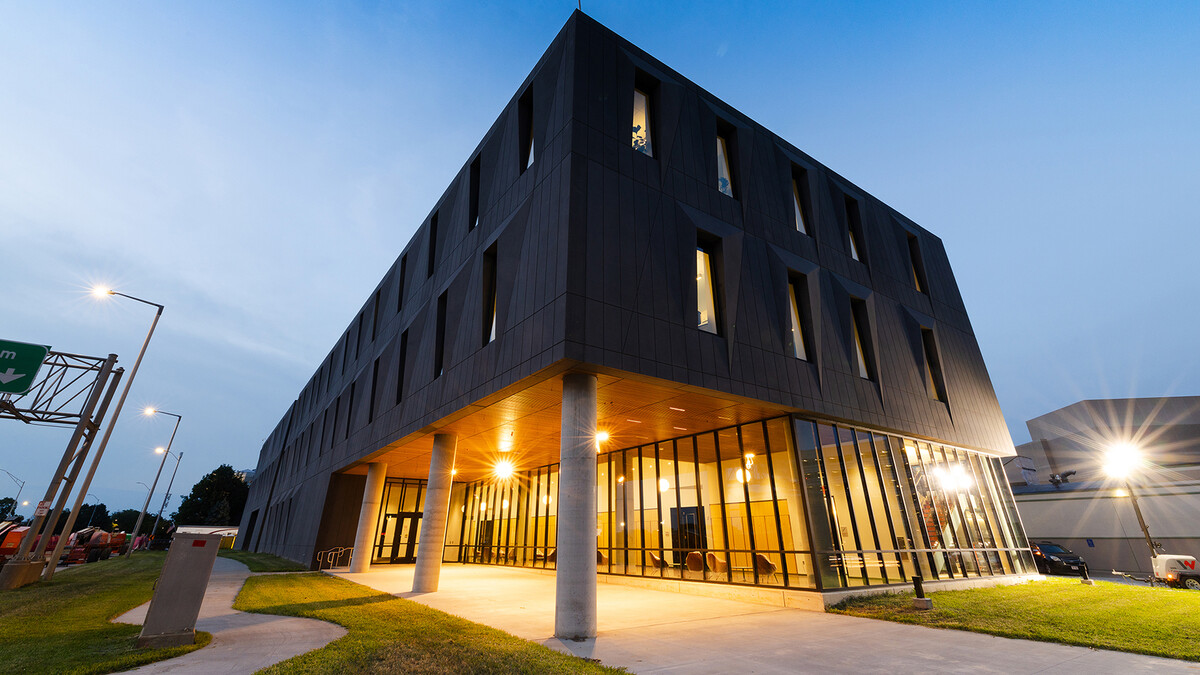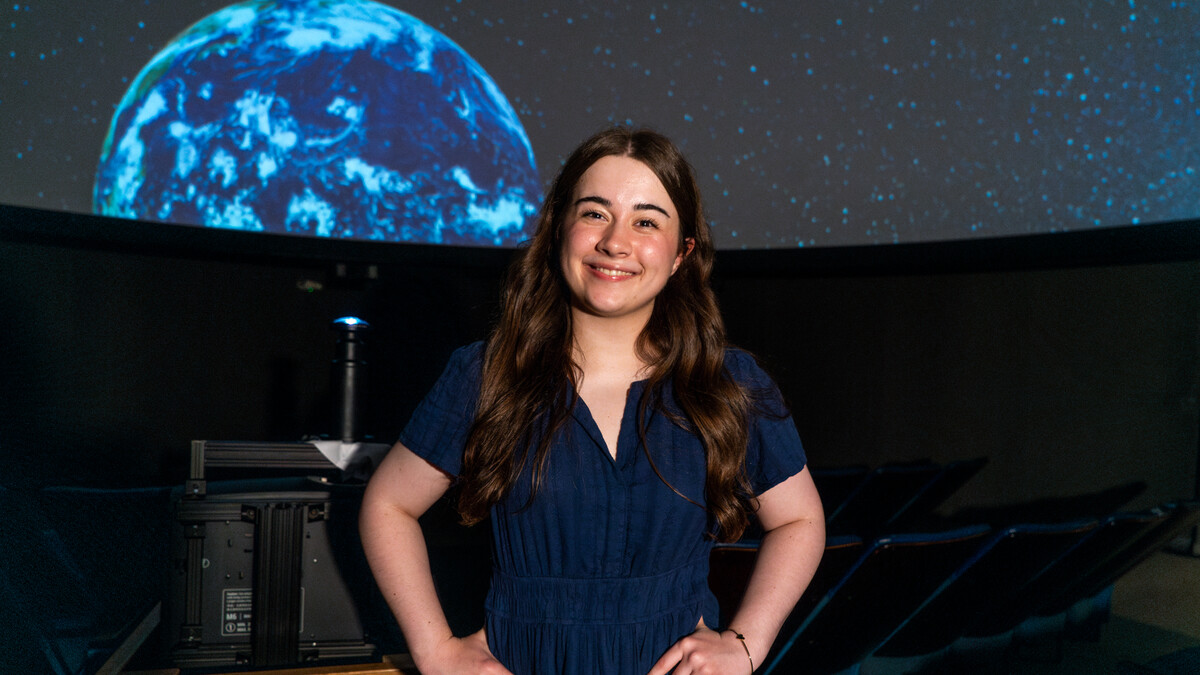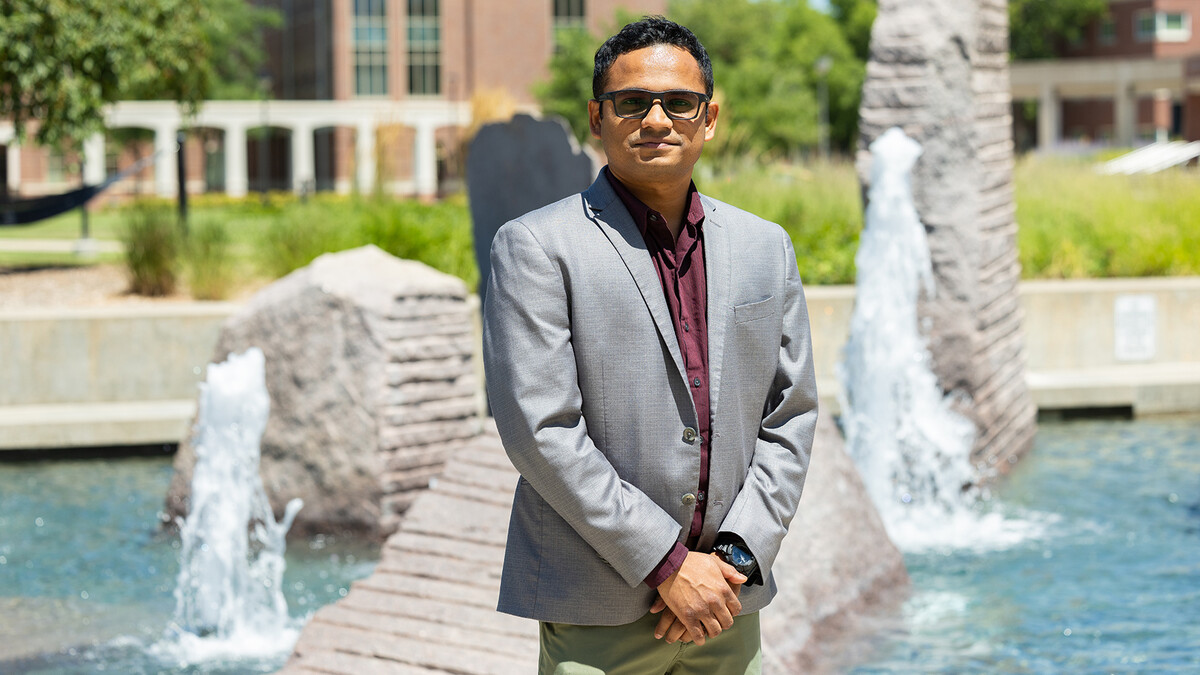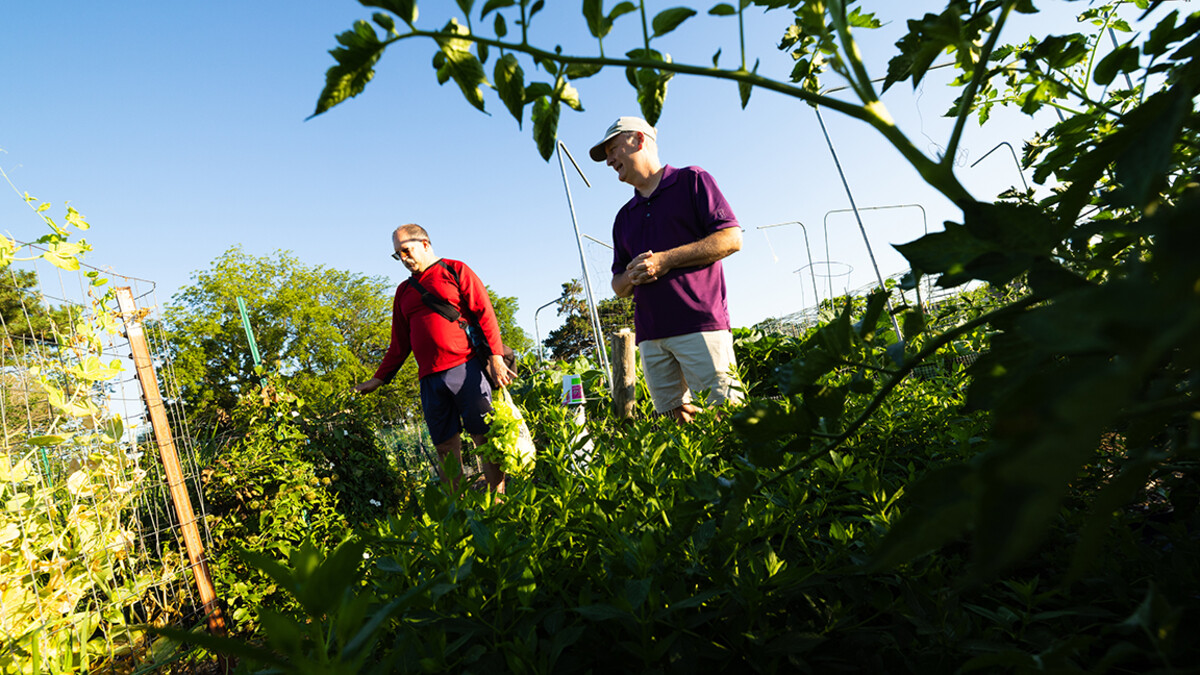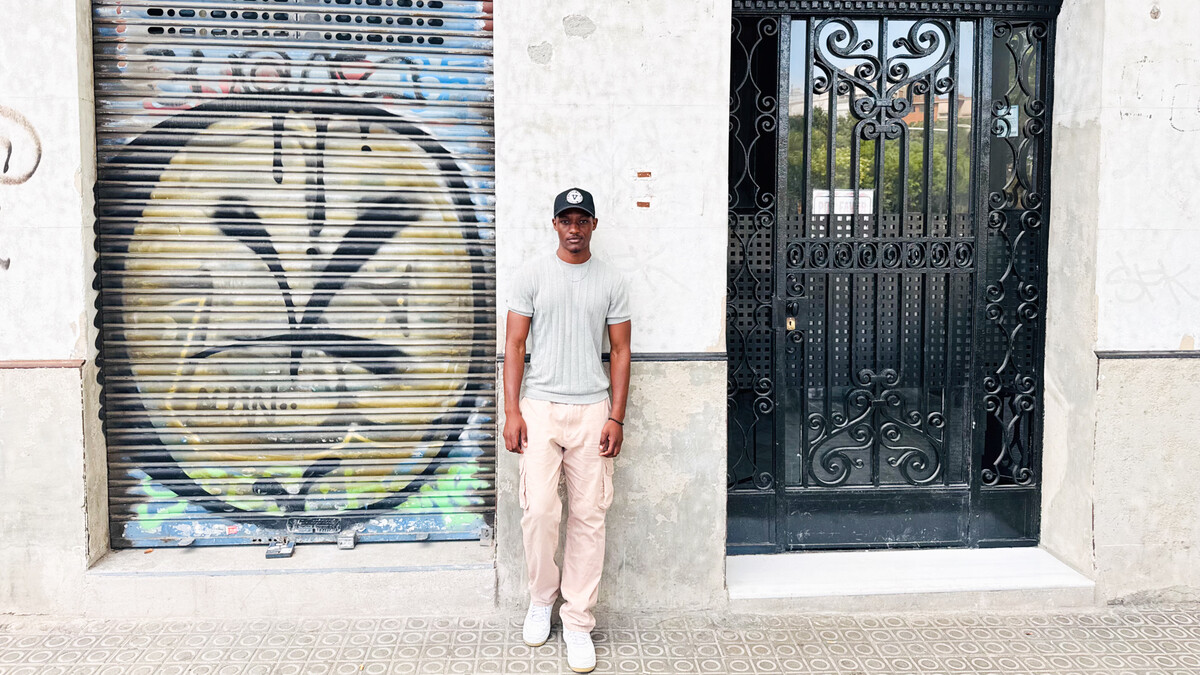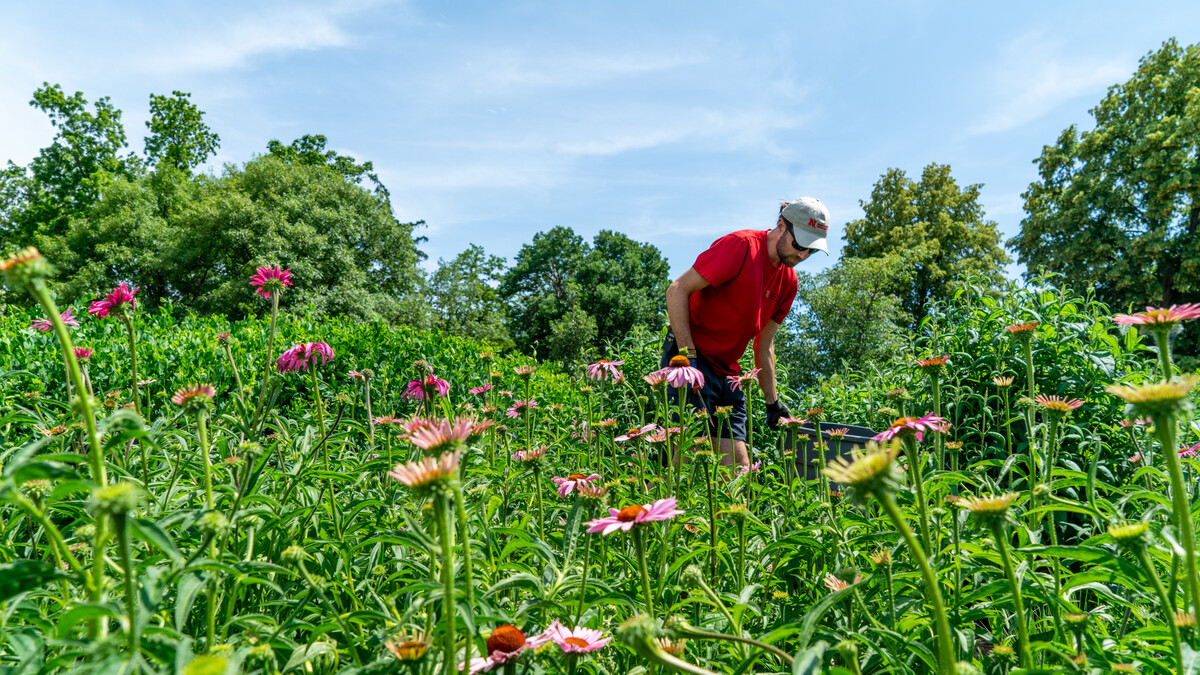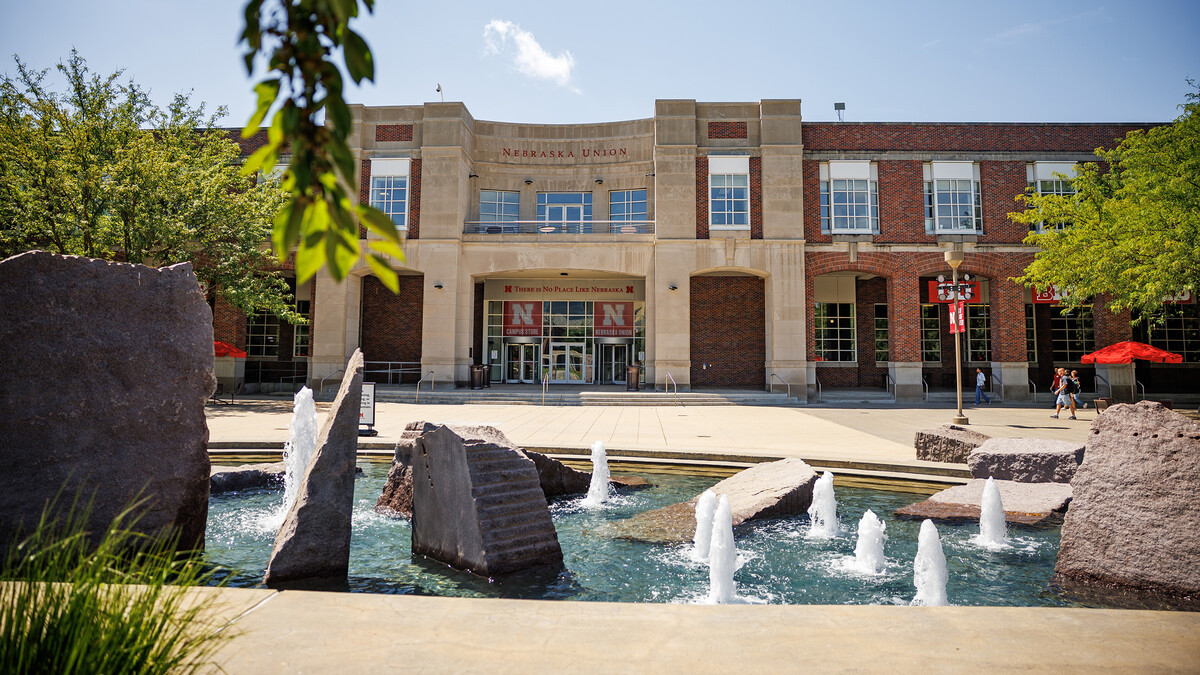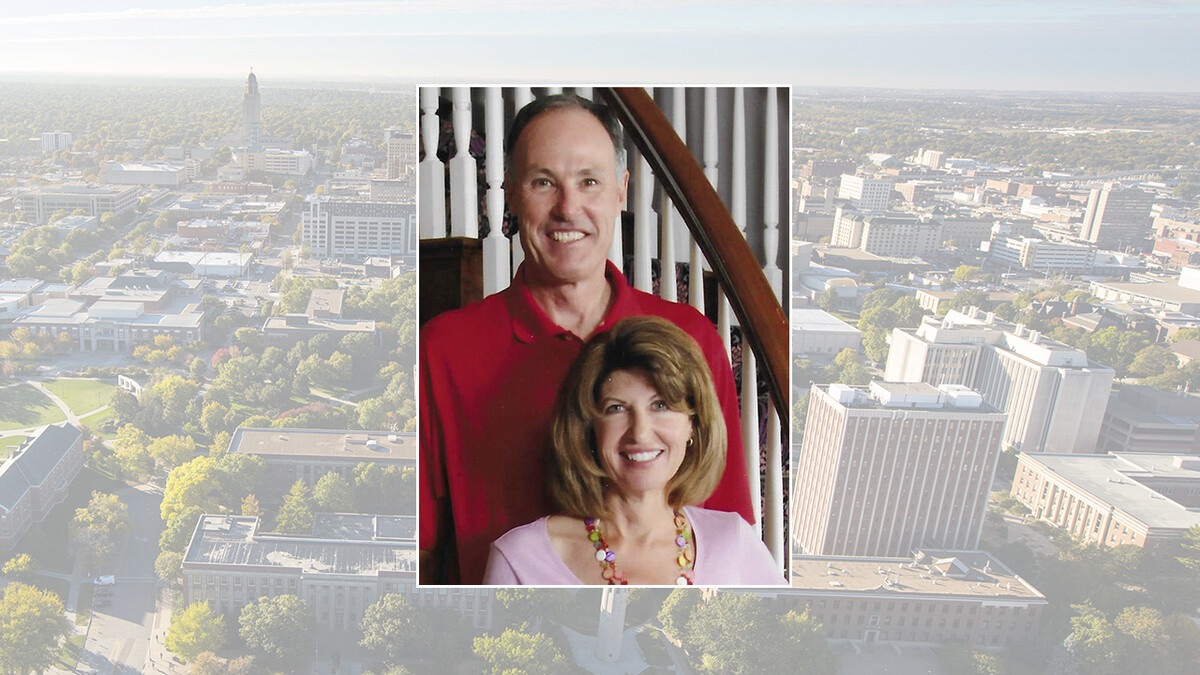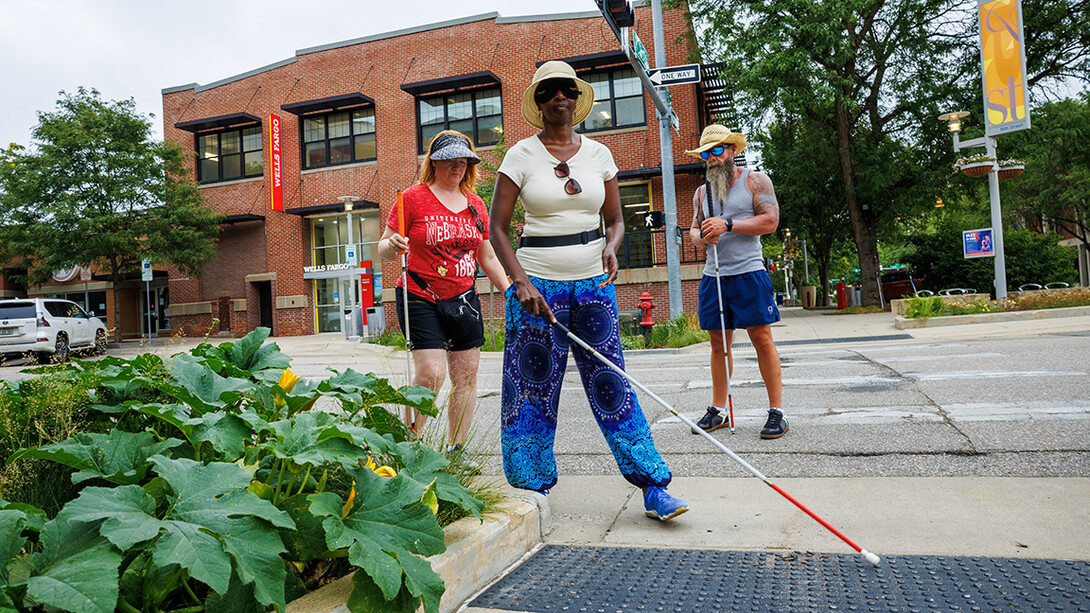
A University of Nebraska–Lincoln program asks participants to walk in someone else’s shoes, so they can use their firsthand experience to help others navigate the world around them.
SPED 854 and SPED 864, two hands-on orientation and mobility courses administered through by the university’s Special Education and Communication Disorders department, train participants to instruct people who are blind or visually impaired in skills like using a cane and other aids. Sara Reuss, lecturer in the Department of Special Education and Communication Disorders and coordinator of the program, said the lessons prepare them to communicate this knowledge to those who will most benefit from it.
“We want to make sure when our instructors go into the field, they’re able to teach these skills to be generalized into multiple environments, so when they have students or clients, they can give them the tools to travel anywhere,” Reuss said.
The two courses, spread over six weeks during the summer, offer hands-on training designed for those studying for a master’s degree or endorsement in orientation and mobility. Participants begin with learning to navigate an indoor environment before transitioning to a residential area, business district and eventually a downtown area. They also practice in settings like the public bus system, grocery stores and even using an escalator.
The program brings graduate students from around the country to Lincoln. Each class is around 10 people per year. They learn from experienced certified orientation and mobility specialists from the state of Nebraska.
“Orientation and mobility is a multisensory approach to navigating your environment, so we teach how to orient to your environment auditorily and use those cues, and we also incorporate low-vision simulation and instruction,” Reuss said.
Reuss said the courses familiarize future orientation and mobility instructors with cane skills and techniques and other tools for moving through the world with blindness or visual impairment. The experience prepares them to effectively communicate how to perform these skills so their future students and clients can learn them too.
“It’s not just planning a route from A to B, but it’s understanding if from A to B there’s construction, what problem solving skills do I need, or how can I go about finding an alternative route?” Reuss said. “We want to instruct in a way that our students later in life can go out and live the life they want to and be as independent as possible.”
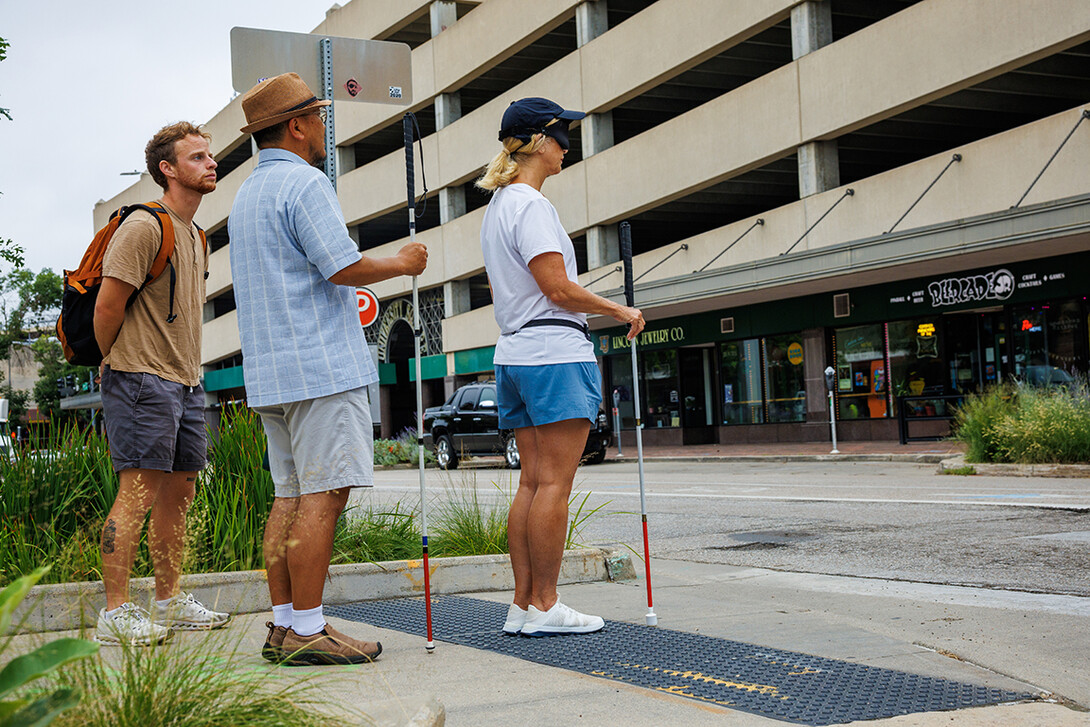
Graduate student Victory Klafter said he was interested in the program because of its focus on fostering independent living. He had long been passionate about working with people with disabilities, and orientation and mobility offered a chance to work with people one-on-one building life skills.
“I thought it would be meaningful to be an instructor (of orientation and mobility) because it’s about power and independence,” Klafter said. “Everyone needs to get around, and getting to make choices about where you go and how you go is really about human dignity.”
While the seminar’s lessons can’t fully replicate the experience of someone who is blind, Klafter valued the ways the seminar did help him understand that experience and said it would be beneficial in his future career.
“It’s rare in education for a teacher to get such an immersive experience,” he said. “We can’t actually experience what it’s like, but we spend a lot of time trying to get an idea.”
Reuss said the hands-on nature of the courses helps participants pass on skills that can equip people to live their fullest lives. It gives the future instructors a deeper understanding of some common challenges, how to adapt to them and how to communicate that information to others.
“When people cross the street, they might veer, so having that experience of, ‘I’ve been in the crossing quite a while, this isn’t right,’ and you hear from your instructor how to talk somebody through that situation,” Reuss said. “They’re learning how to talk through it and also monitor safety. That’s how we foster that independent travel, rather than pulling people out of danger: monitoring it with the least amount of risk but still giving them the opportunity to feel what it’s like to not perform the skill perfectly.”
Through his training, Klafter wants to give people tools that will be useful to them in all areas of their lives.
“I hope students I get to teach feel a lot of ownership over the skills and apply that independence not just in moving around but also in their classes and at home and what they picture for what they can do in their life,” Klafter said.
